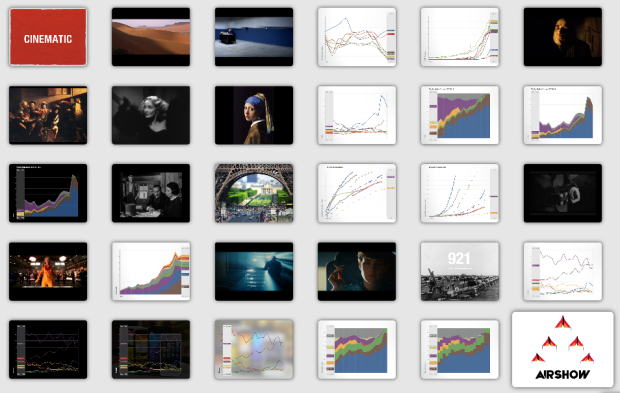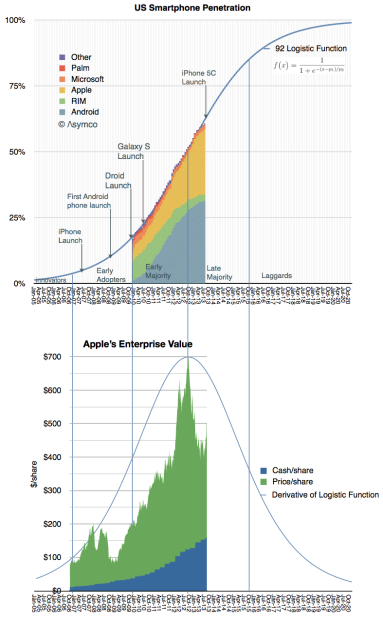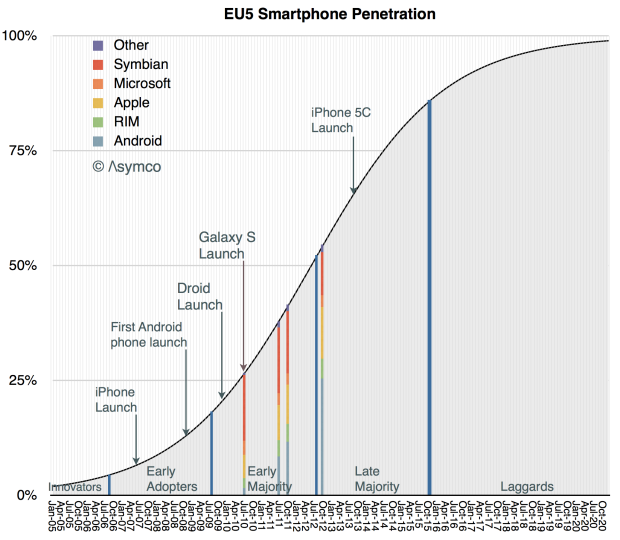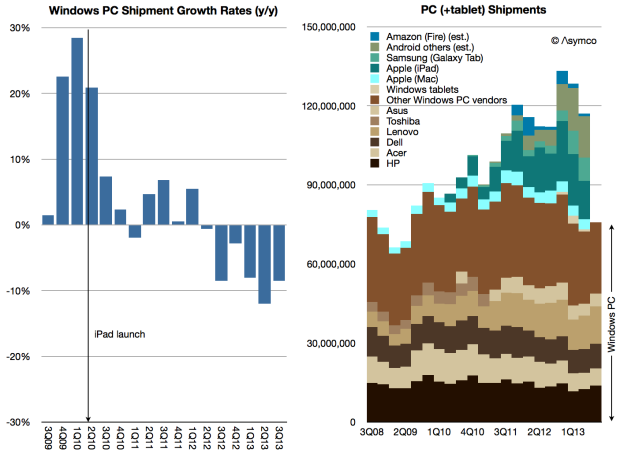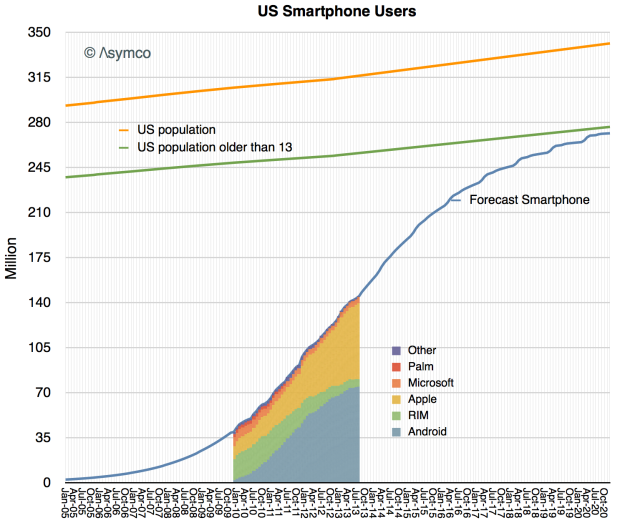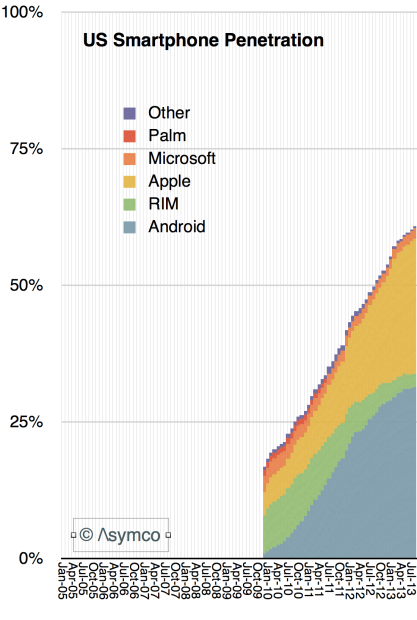Asymcar 6: Peak Horse | Asymcar.
Steve Crandall brings a new perspective as a guest. Steve’s analysis of complex systems has given him a huge pool of wisdom into which we dip our dainty spoons.
We survey the interlopers seeking to replace many jobs that cars have traditionally done, from horses to bicycles, planes, trains and buses.
We dive deeper into a few earlier Asymcar topics including energy, regulation, infrastructure, power train evolution, societal changes, distribution networks, urbanization and consider the promise of electric bicycles.
Several innovation timing lessons temper our expectations for immediate improvements.
Finally, we revisit the emerging transportation information layers and how such services may change public behavior and the auto-ecosystem.
Asymcar 6: Peak Horse | Asymcar.
(Honorable mention to anyone who can identify the vehicle shown above.)


